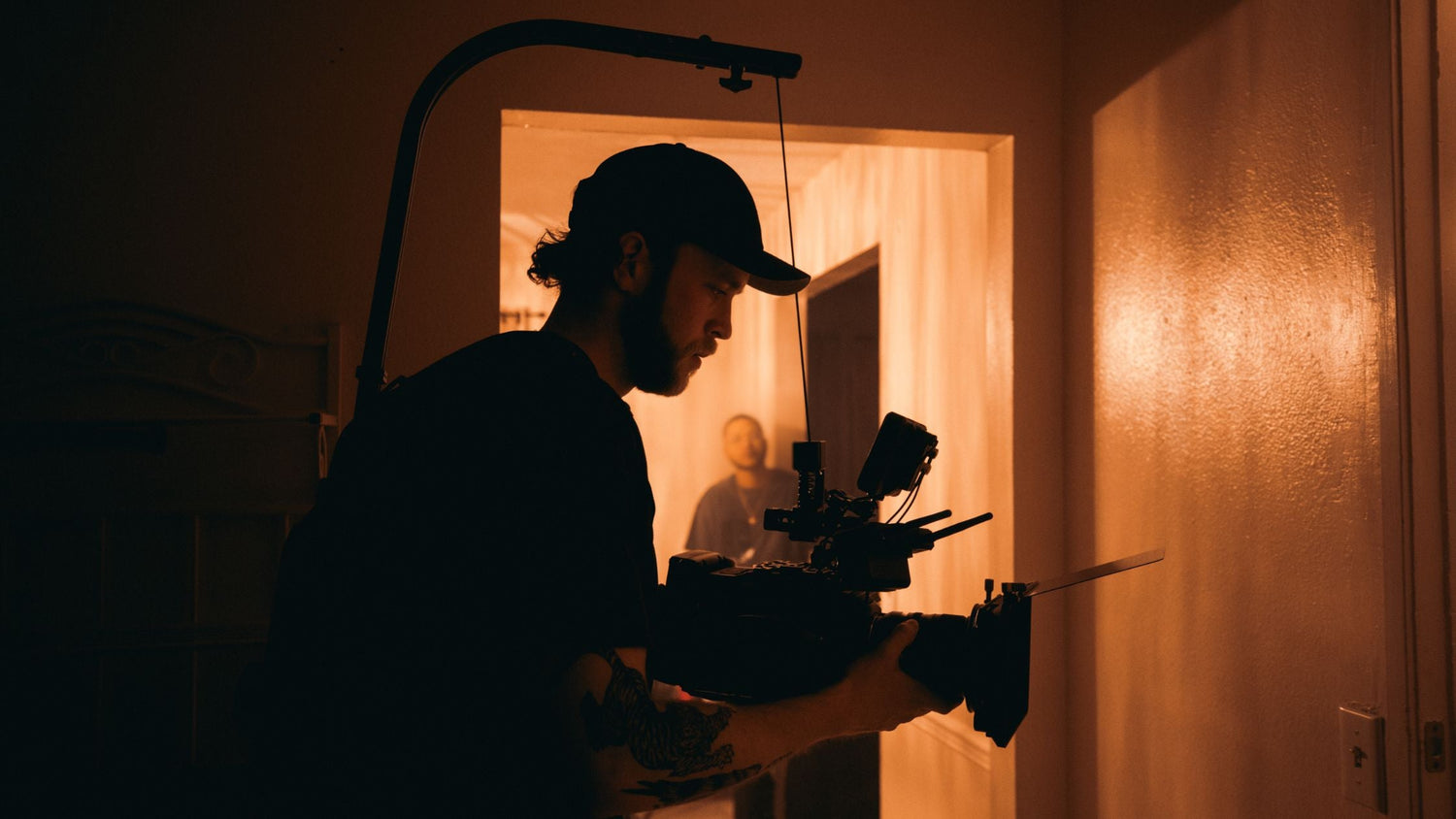Photography is more than just snapping a picture—it's about capturing moments that tell a story, evoke emotions, and freeze time. Whether you’re a beginner or a seasoned pro, there are always new techniques to enhance your shots. In this post, we'll dive into five essential photography techniques that will help elevate your photos to the next level. And, of course, we’ll sprinkle in a few must-have tools to make your photography experience smoother.
1. Mastering Focus: Sharp Shots, Every Time
One of the most important aspects of photography is focus. A photo with poor focus can be disappointing, no matter how beautiful the subject or setting is. There are two key types of focus to consider: selective focus and deep focus.
-
Selective Focus: This technique involves isolating your subject by blurring the background. It creates a striking contrast and directs attention straight to the subject. Use a wide aperture (f/1.8 or f/2.8) for this effect.
-
Deep Focus: On the other hand, deep focus keeps everything in the frame sharp. It’s perfect for landscape shots or architectural photography where you want every detail to pop.
For those aiming for perfectly sharp shots with minimal effort, the Oldshark Professional Tripod is a great tool to ensure stability. Whether you’re shooting with a DSLR or a mirrorless camera, this sturdy tripod will help prevent any shake, ensuring your photos stay crisp.
2. Perfecting Composition: The Rule of Thirds
Composition can make or break a photo. One of the most widely used composition techniques is the rule of thirds. Imagine your image is divided into a grid with two horizontal and two vertical lines, forming nine equal sections. Place the key elements of your photo along these lines or at their intersections to create a balanced, visually appealing composition.
Not only does the rule of thirds make your photos more interesting, but it also guides the viewer’s eyes through the image, making it easier to connect with the subject. When framing your shot, take a moment to consider how your subject aligns with the grid, and experiment with different placements.
If you’re a vlogger or content creator, keeping your composition in mind is key when shooting talking-head videos.
3. Lighting is Everything: Use Natural and Artificial Light to Your Advantage
Lighting is often said to be the "secret sauce" in photography. Without it, even the best composition won’t stand out. Understanding how to use both natural and artificial light can transform your photos.
-
Natural Light: The golden hours—early morning or late afternoon—offer soft, flattering light that can enhance your shots. The sunlight during these times has a warm hue that creates beautiful shadows and highlights.
-
Artificial Light: For studio shoots or low-light environments, artificial lighting like softboxes, ring lights, or LED panels are essential. They help you control the direction and quality of light.
If you’re shooting indoors or in controlled environments, consider investing in a portable light source. The Oldshark LED Ring Light is perfect for enhancing your lighting, whether you’re shooting portraits or vlogs. With adjustable brightness levels, it allows you to create the perfect ambiance, no matter the time of day.
4. Depth of Field: Add Dimension to Your Photos
Depth of field (DOF) refers to the zone of sharpness in your image. By manipulating your aperture and focal length, you can create either a shallow or deep depth of field, which can dramatically change the look and feel of your photos.
-
Shallow Depth of Field: When you want to isolate your subject from the background, use a large aperture (f/1.4 to f/2.8). This technique is ideal for portrait photography, where the subject is sharply focused while the background blurs out.
-
Deep Depth of Field: For landscapes or architectural photography, use a smaller aperture (f/8 to f/16) to keep the entire scene in focus.
Depth of field also affects the aesthetic quality of your photos. A shallow depth of field can create a dreamy, bokeh-filled background, while a deeper focus keeps all the details crisp and clear.
5. Experiment with Angles: Get Creative with Perspective
We’ve all seen the typical eye-level shot, but what if you step out of your comfort zone and change your perspective? Different angles can add drama, intrigue, and a fresh viewpoint to your photos.
-
Low Angle: Shooting from below can make subjects appear larger than life, giving them a sense of power or dominance. This technique works especially well for photographing architecture or tall subjects.
-
High Angle: A high angle can make the subject appear smaller and more vulnerable. It’s also an excellent way to capture crowds or large scenes.
Don’t be afraid to crouch down, climb up, or change positions to find a unique perspective that brings your shots to life.
Conclusion: Enhancing Your Photography Journey
By mastering focus, composition, lighting, depth of field, and angles, you'll be well on your way to taking stunning photographs that tell captivating stories. Remember, photography is all about experimentation and finding what works best for your style and vision.
Whether you’re a hobbyist or a professional, having the right tools can make all the difference. With products like the Oldshark LED Ring Light, you can elevate your shots while also gaining greater control over your creative process.
Keep practicing, keep experimenting, and most importantly—have fun capturing the world through your lens!

